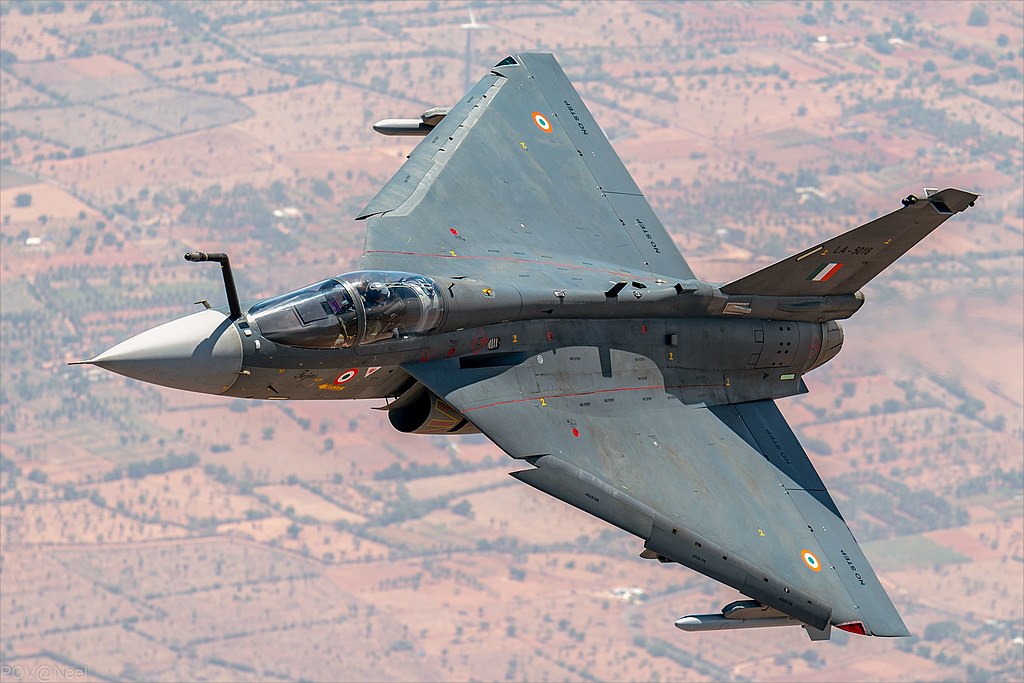News Highlights
In a major boost to Defence Indigenisation in India the Defence Acquisitions Council gave preliminary approval to military modernization projects costing Rs 76,000 crore, including the Navy’s next-generation corvettes.
About Procurements
- The Indian Army to procure
- Rough Terrain Fork Lift Trucks (RTFLTs)
- Bridge Laying Tanks (BLTs)
- Wheeled Armoured Fighting Vehicles (Wh AFVs) with Anti-Tank Guided Missiles (ATGMs)
- Weapon Locating Radars (WLRs) from domestic sources
- The Indian Navy for the procurement of
- Next Generation Corvettes (NGC)
- Surveillance missions, escort operations, deterrence, Surface Action Group (SAG) operations, Search & Attack, and Coastal Defense will all be possible with these NGCs.
- These NGCs will be based on a novel in-house design by the Indian Navy, using cutting-edge shipbuilding technology, and will contribute to the government’s SAGAR initiative
- The Navratna CPSE M/s Hindustan Aeronautics Limited
- For the manufacture of Dornier aircraft and Su-30 MKI aero-engines, with a focus on increasing indigenization, particularly in the area of aero-engine material
- The DAC has authorised the ‘Digital Coast Guard’ project under the ‘Buy (Indian) Category,’ in line with the government’s aim for digital transformation in defence.
- This project would develop a pan-India secure network for the digitization of different surface and aviation operations, logistics, finance, and HR procedures in the Coast Guard.
Defence Indigenisation in India
- The Indigenisation of Indian Defence Sector can be understood as the capability to develop and produce defence equipment within the country for the purpose of achieving self-reliance and reducing the burden of imports
- Efforts taken so far
- Ministry of Defence (MoD) had constituted a committee in the early 1990s under Prof APJ Abdul Kalam.
- The committee suggested a 10-year roadmap to increase the indigenous component in the total expenditure on capital procurement from 30 per cent in 1992-93 to 70 per cent by 2005
- Ministry of Defence (MoD) had constituted a committee in the early 1990s under Prof APJ Abdul Kalam.
- Present State of Indigenisation
- Millennium Aero Dynamics and Cochin Shipyard jointly developed and produced the INS Vikrant. It is the first aircraft carrier built in India completely.
- Bhabha Atomic Research Centre (BARC) and DRDO jointly developed India’s first indigenous nuclear submarine Arihant.
- HAL along with Taneja Aerospace and Aviation Limited (TAAL) is developing Dhruv multirole helicopter, Light Combat Helicopter (LCH) and Rudra armed helicopter. They are also manufacturing Tejas Light Combat Aircraft in India.
- First indigenous Long-range artillery gun, “Dhanush”.
- Project 75: Indian navy’s submarine program dealt with France, Germany, Russia, Sweden, Spain, and Japan to build six advanced stealth submarines.
- INS Kalvari, INS Khanderi, INS vela,are constructed by Mazagon Dock Ltd in Mumbai.
- Under the Integrated Guided Missile Development Programme (IGMDP), India developed 5 missiles in India namely
- Akash (surface-to-air)
- Prithvi (surface-to-surface)
- Nag (anti-tank)
- Trishul (the naval version of Prithvi)
- Agni Ballistic missiles having different ranges – Agni V has given India an ICBM (Intercontinental ballistic missile) status in 2013.
- Challenges of Indigenisation
- Absence of an Overarching Policy Framework
- Notification issued by the Department of Defence Production (DDP) in 2019:
- It cannot be the guiding document for a concerted effort
- It only contains the policy for indigenisation of components and spare parts used by the Defence Public Sector Undertakings (DPSUs) and the Ordnance Factory Board (OFB) in the manufacturing process.
- Absence of an Overarching Organisation
- Absence of an overarching organisation to channelise the efforts being made by several agencies towards a pre-defined goal.
- The efforts being made by the agencies such as DRDO, DIO.. are largely disjointed and lack synergy
- No mechanism is in place to facilitate their interaction with the armed forces which are the primary stakeholders in the indigenisation efforts.
- Procedural Complexities and Financial Viability
- Though some efforts have been made in recent years to smoothen the process, agencies involved in indigenisation continue to follow their own procedures and norms.
- Budgetary Constraints
- Severe budgetary constraint, making it difficult to earmark substantial sums of money to undertake large-scale efforts, especially for indigenous design, development and production of futuristic equipment
- Indigenisation depends heavily on research and development (R&D), on which the public spending in India has consistently been quite low.
- Absence of an Overarching Policy Framework
Content Source – Indian Express



